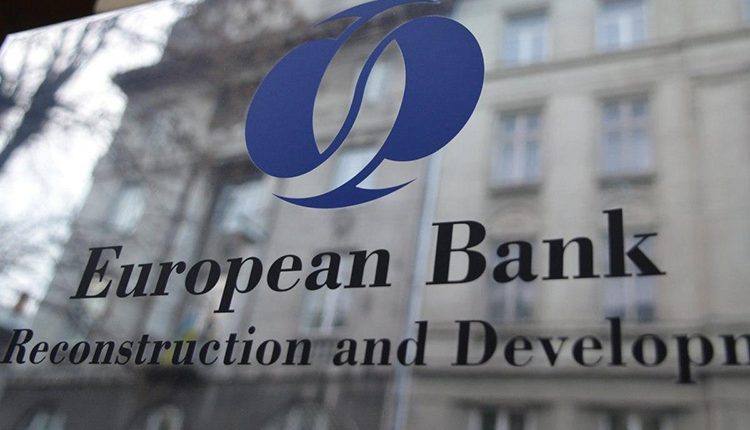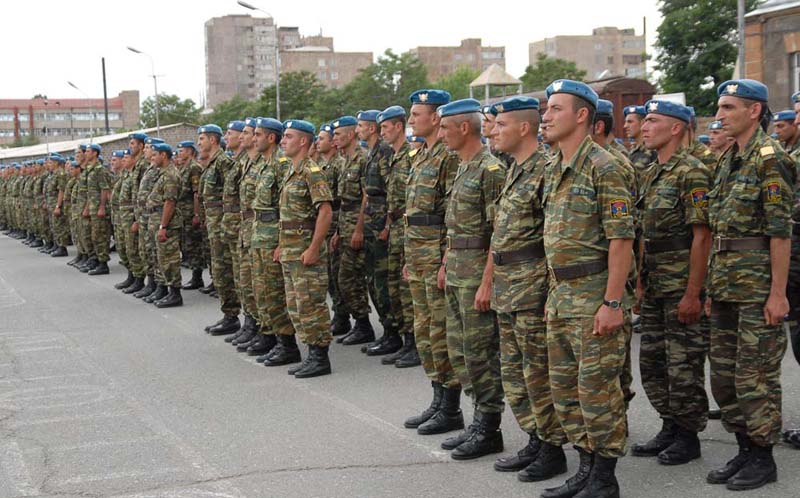YEREVAN (ARKA/. In its ‘Better Governance, Better Economies’ the EBRD says Armenia’s strong GDP growth has continued despite a slowdown in exports. The economy grew by 5.2 per cent in 2018 and by an estimated 6.8 per cent year-on-year in the first half of 2019. The export-oriented mining sector, however, underperformed in 2018.
In precautionary program from the International Monetary Fund (IMF) is supporting the authorities’ reform efforts. The authorities have adopted a package of tax reforms. Measures include flattening the personal income tax system, cutting corporate taxes and simplifying taxation for small businesses. Social security contributions, excise taxes and licence fees have been increased to offset the fall in budget revenues.
It says efforts to tackle corruption, strengthen competition, foster transparency and ensure a level playing field need to continue. Reforms need to be institutionalized in a way that does not negatively affect regular operations of the private sector.
According to the report, the economy maintained robust growth despite a slowdown in exports. In the first half of 2018, the economy expanded by a strong 8.7 per cent year-on-year. However, a contraction in the agriculture sector, traditionally the largest sector of the economy, and the mining and quarrying sectors, the strongest contributors to export growth, led to a growth slowdown in the second half of the year.
With GDP growth at 3.0 per cent year-on-year in the second half of the year, Armenia’s economy grew to 5.2 per cent overall in 2018. Gross fixed capital formation, household consumption and exports grew in real terms, albeit at lower rates than a year earlier. From a production perspective, the arts, entertainment and recreation sectors were the main contributor to growth, expanding by 31.5 per cent in real terms. This sector has been growing rapidly in recent years; its output doubled since 2015 in current prices and has increased nearly six fold since 2012.
GDP growth increased to an estimated 6.8 per cent year-on-year in the first half of 2019, supported by strengthened household consumption that is benefiting from credit growth and a stronger inflow of money transfers. In light of slower export growth, healthy domestic demand led to the widening of the current account deficit. Weighed down by underperformance in the mining sector, the growth of export receipts decelerated to 9.0 per cent in 2018 from 23.2 per cent a year earlier.
At the same time, imports increased by 16.1 per cent in nominal US dollar terms. This led to a widening of the trade deficit by more than three times compared with the previous year and moved the current account deficit to a nearly double-digit level (as a per cent of GDP). The current account deficit leveled off in the first half of 2019.
Nevertheless, the Armenian dram remains stable, financed largely by the inflow of foreign currency and deposits to the banking sector in the same period. Inflation declined from 2.5 per cent in 2018 to 1.6 per cent in the first nine months of 2019 (0.5 per cent in September) affected by the contractionary fiscal policy and stable exchange rate.
This prompted the Central Bank of Armenia (CBA) to lower its refinancing rate two consecutive times from 6.0 per cent in January 2019 to 5.5 per cent in September 2019, bringing the policy rate to its lowest level since the beginning of 2010. International reserves are at adequate levels, covering approximately four months of imports. Fiscal balances have improved. After reaching nearly 60.0 per cent of GDP, the public debt to GDP ratio decreased by approximately three percentage points in 2018 compared with a year before and stood at 55.7 per cent at the end of 2018.
This reflected favourable macroeconomic developments, including strong GDP growth and fiscal consolidation. The lower-than-planned fiscal deficit in 2018 at 1.6 per cent of GDP was underpinned by strong tax administration efforts and government underspending on the back of delays in both current and foreign-financed capital expenditure. In the first six months of 2019, the fiscal balance was in surplus, at 1.9 per cent of forecasted GDP. Economic growth is expected to stay robust. Real GDP is forecast to grow by 6.0 per cent in 2019 and by 5.0 per cent in 2020.
However, the economy remains vulnerable to external shocks in the form of a global and regional slowdown in growth, volatility in the commodity markets and the conflict over Nagorno-Karabakh. Unleashing the economy’s growth potential requires consistent implementation of comprehensive economic reforms and the attraction of efficiency-enhancing foreign investments. -0-










